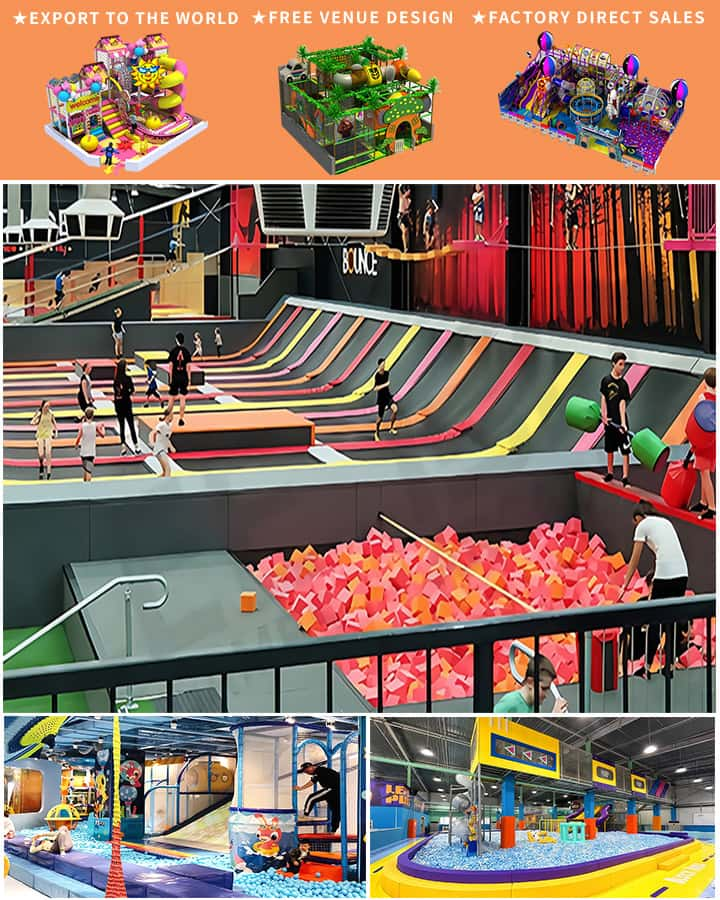In today’s fast-paced world, finding ways to keep kids entertained and engaged can be a challenge. With screen time becoming an increasingly common pastime, it’s more important than ever to create engaging, educational, and safe environments for children to play. An indoor kids’ play zone provides just that—an inviting space where young minds can learn, explore, and have fun without leaving the comfort of home. Let’s dive into some creative ideas to help you set up the ultimate indoor play area for your little ones.
Why Create an Indoor Play Zone?
Before we get started on design and decor, let’s consider why an indoor play zone is beneficial:
- Safety: Controlled indoor environments reduce the risk of injuries compared to outdoor playgrounds.
- Convenience: Easy access means less prep time and more spontaneous fun.
- Comfort: Indoor spaces offer climate control, so the play zone is comfortable year-round.
- Educational Benefits: Thoughtfully designed play areas can foster learning through interactive activities.
- Social Development: Encourages cooperative play and helps develop social skills.
Key Elements of an Indoor Kids’ Play Zone
1. Safety First
Ensure all materials used are non-toxic and age-appropriate. Round off any sharp edges, secure furniture that could tip over, and use non-slip mats or carpets. Install soft padding in case of falls.

2. Variety of Activities
Incorporate different types of play to cater to various interests and developmental stages:
- Cognitive Play: Puzzles, books, educational toys, and interactive games boost problem-solving skills.
- Physical Activity: A mini climbing wall, tunnels, or even a small trampoline can provide active fun.
- Creative Play: Art supplies such as crayons, markers, playdough, and building blocks encourage creativity.
- Imaginative Play: Dress-up clothes, dollhouses, or puppet theaters allow kids to role-play and express themselves.
3. Comfortable Seating
Include cozy seating options like bean bags, cushioned benches, or a small loveseat where kids can relax and read or chat with friends.
4. Storage Solutions
Keep the play area tidy with storage bins, shelves, and baskets. Color-coded bins make it easy for kids to identify where each type of toy belongs, encouraging them to clean up after playtime.
5. Decor
Add vibrant colors, fun wall decals, or murals to stimulate the kids’ imagination. You can even involve them in decorating their own space, making it feel special and personalized.
Creative Ideas for Different Spaces
Living Room Play Zone
Transform a corner of the living room by adding a play tent, soft floor mats, and a selection of board games. Use under-the-couch storage boxes to keep items organized and out of sight when not in use.
Bedroom Play Corner
If space allows, create a play nook in your child’s bedroom. Include a small desk for art projects, a bookshelf with their favorite reads, and a comfy chair for reading or quiet time.
Dedicated Play Room
Go all out with a dedicated playroom! This space can include a ball pit, slide, sensory table, and interactive whiteboard wall. The sky’s the limit here; tailor it to your child’s interests and energy levels.
Conclusion
Designing an indoor kids’ play zone requires thoughtful planning and a touch of creativity, but the result is well worth the effort. Not only will it provide endless entertainment and learning opportunities, but it will also become a cherished space where your child can grow, explore, and make lasting memories. So roll up your sleeves, gather your supplies, and let the fun begin!




